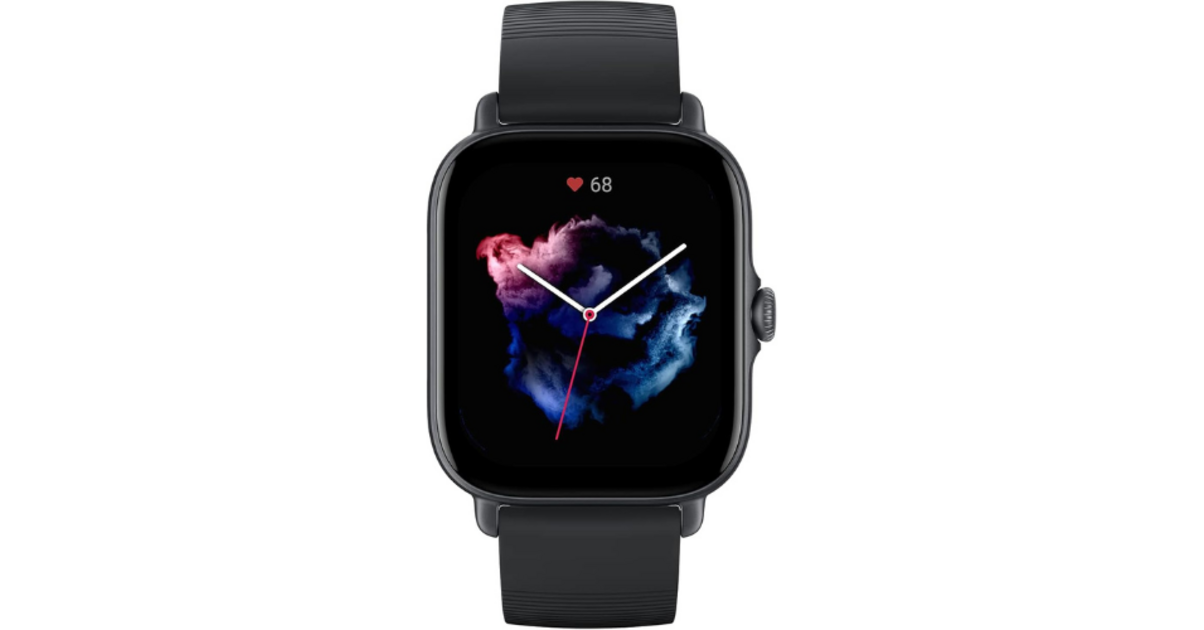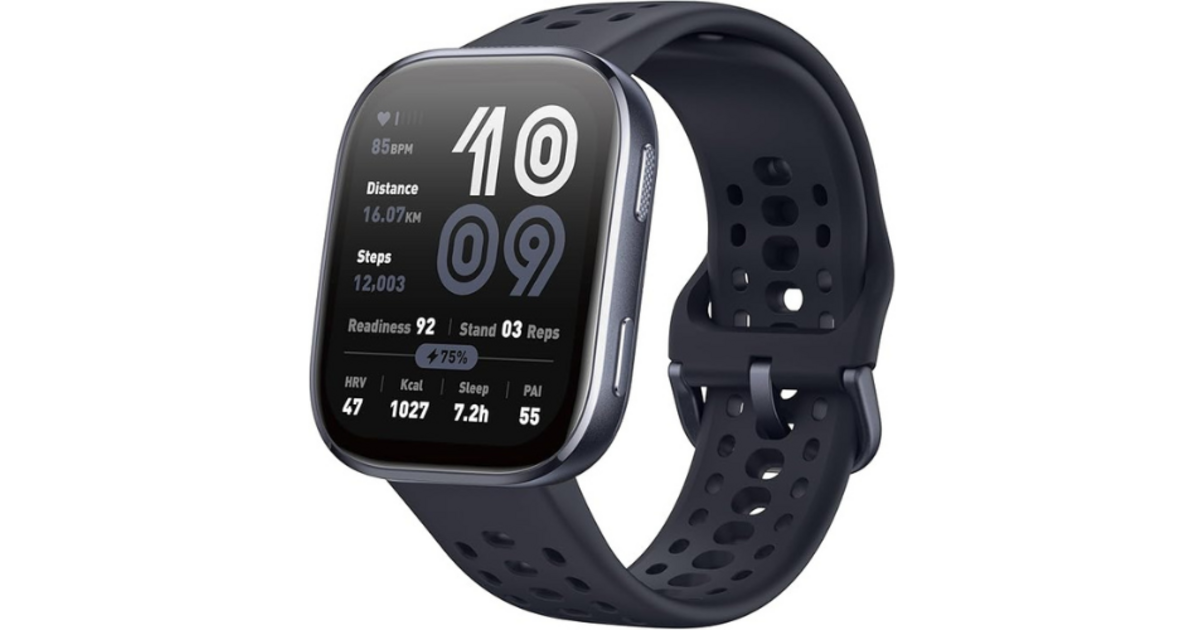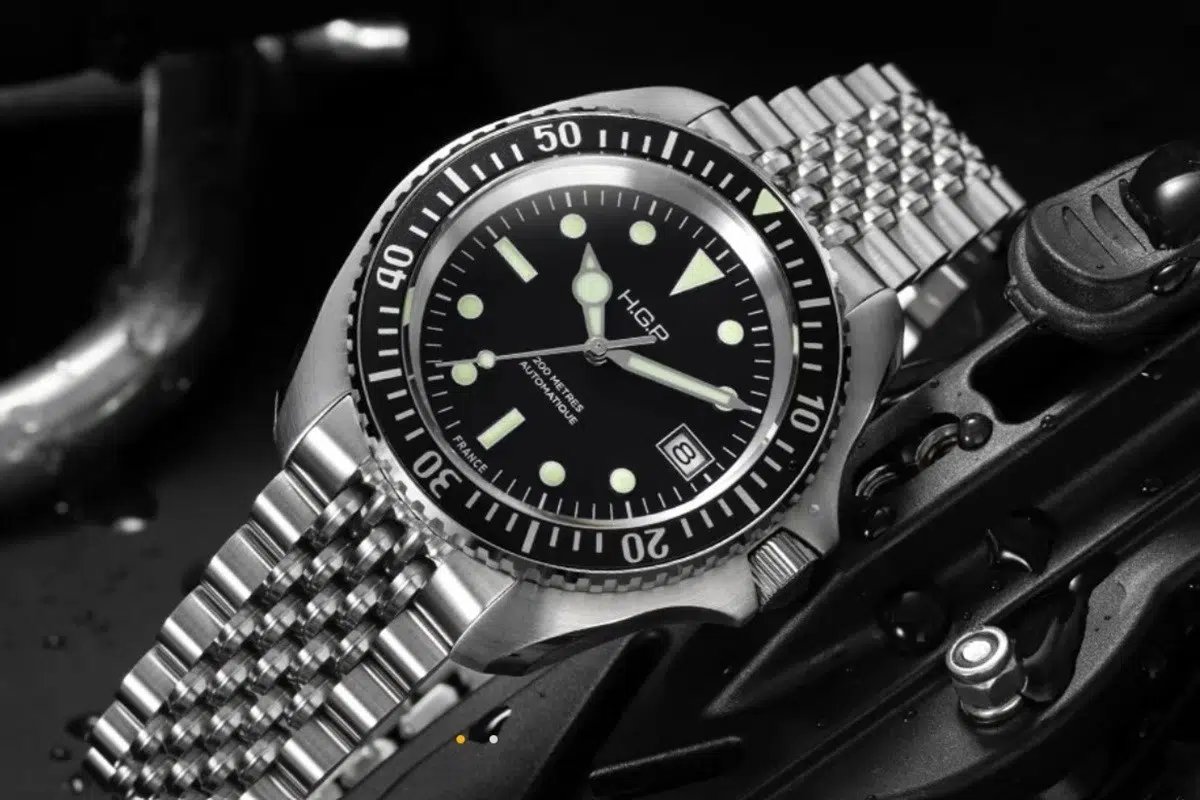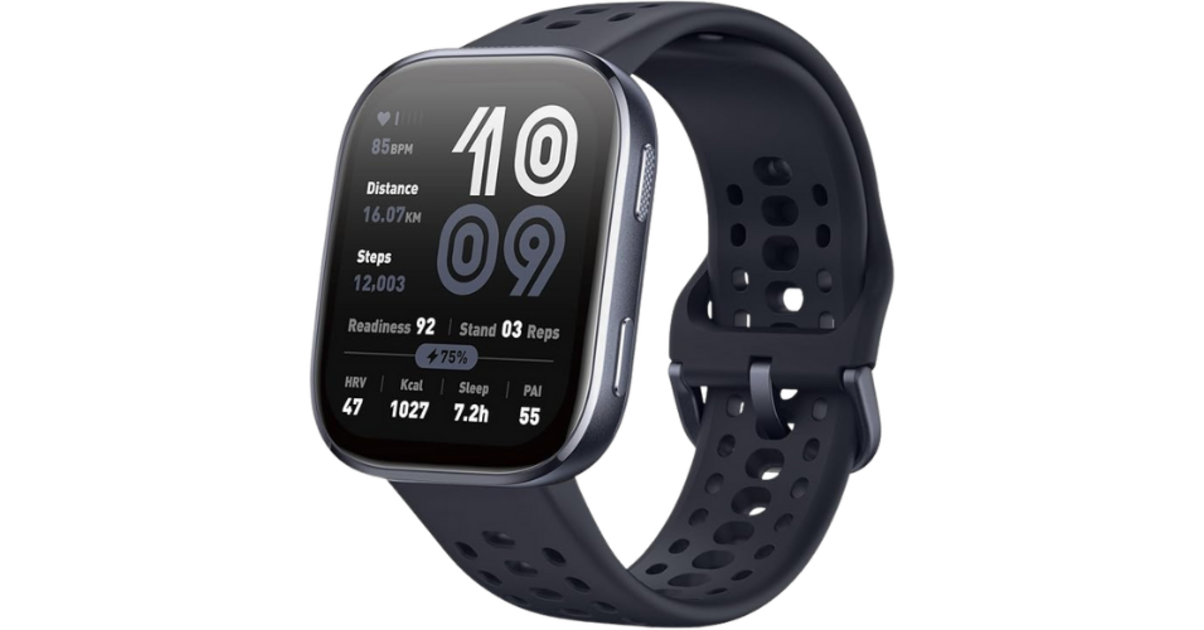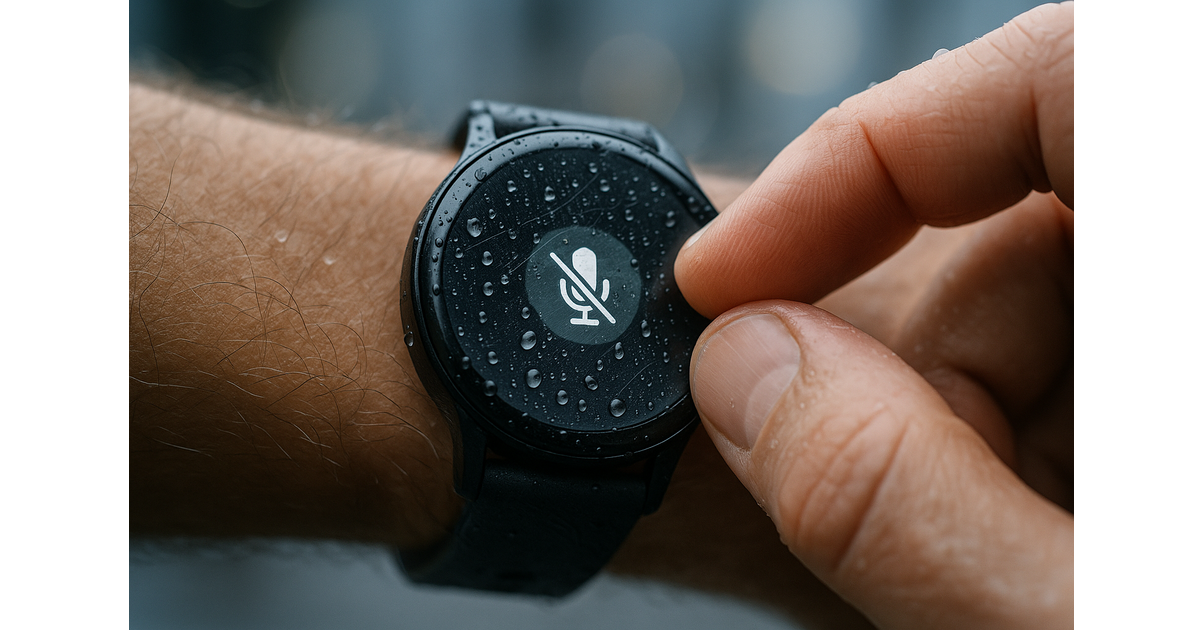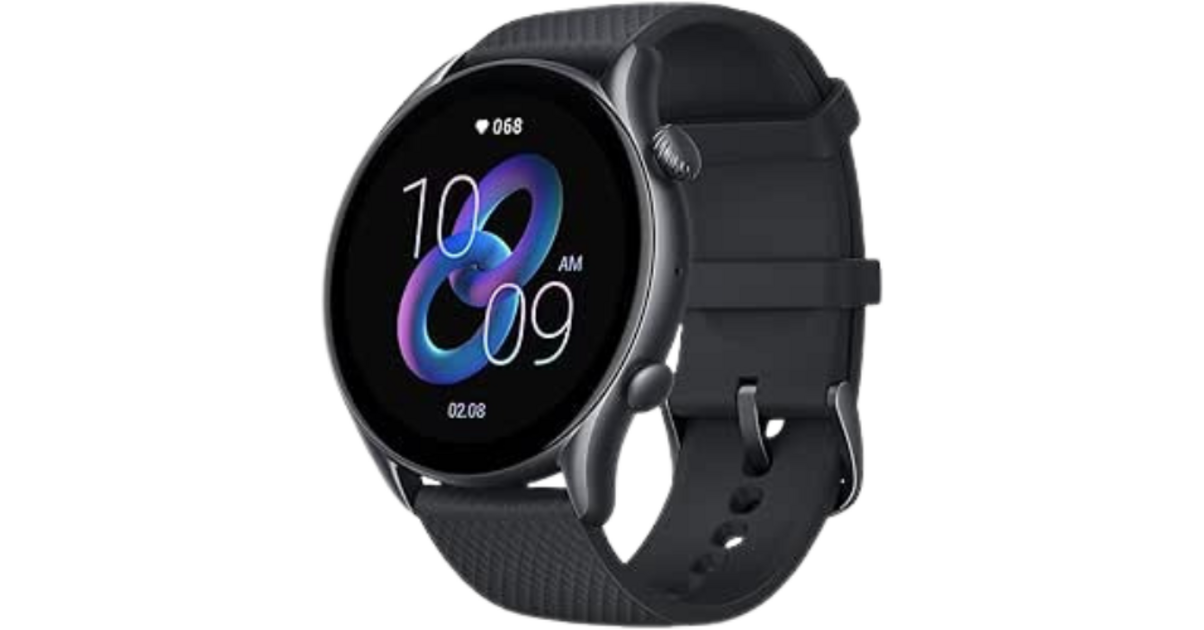See the Huawei Watch GT 3 and the opinions on Amazon
Champions and disappointments
The surprise: Amazfit Gtr 3
Announced autonomy : 21 days
Real autonomy : 10 days
The big winner of our test is the Amazfit GTR 3. Only watch to really hold more than a week, it allowed us to go on weekends without the slightest charger. Its ZEPP OS operating system is remarkably optimized, even with all activated functions.
La Reliable: Garmin Venu 2 Plus
Announced autonomy : 9 days
Real autonomy : 6 days
The Garmin Venu 2 Plus approaches the 7 -day mark, with a remarkable particularity: even in intensive GPS use, it held 3 full days with all the active sensors. An impressive performance for regular athletes.
Disappointment: Galaxy Watch 5
Announced autonomy : 3 days
Real autonomy : 1.5 day
It is the watch that has most disappointed us. With a difference of 50% between the promised and real autonomy, the Galaxy Watch 5 requires daily recharge. This permanent “battery anxiety” considerably harms the user experience.
The ephemeral: Apple Watch Se 2
Announced autonomy : 1.5 day
Real autonomy : 1 day
The Apple Watch Se 2 does not make a miracle on the autonomy side. During a hike, she found herself short of battery at the most crucial moment. At 7 p.m., it already displayed 10% battery, forcing a daily recharge.
If you use an iPhone and search for other alternatives, see our guide for the best connected watches compatible with iPhone that takes into account the autonomy criterion.
The factors that influence autonomy
Energy -consuming features
Our test has identified the main functions that empty your battery:
- GPS : the most greedy, particularly outdoors
- Screen mode still turned on (AOD): reduces the autonomy by 25 to 40%
- Continuous measure of heart rate : -15% autonomy per day
- Third -party applications : Spotify, Google Maps and Strava are particularly energy -consuming
- Wi-fi : consumes much more than bluetooth
The impact of external conditions
Our tests in various conditions reveal that:
- Cold significantly decreases autonomy
- Poor network coverage Increases energy consumption
- External use more use of the battery than indoor use
The impact of sport
A one hour physical activity session consumes between 10% and 20% battery depending on the model. Watches optimized for sport like the Garmin are better resisting this intensive use.
Tips to optimize autonomy
Our tests have identified several effective optimizations:
- Deactivate the screen still turned on (gain of 25-40%)
- Limit notifications to essential applications
- Reduce the frequency of heart measures (every 5 minutes instead of the continuous)
- Cut the Wi-Fi for the benefit of Bluetooth
- Adjust the brightness and vibrations
The Huawei and Amazfit energy saving modes have proved to be particularly effective, allowing to win up to 2 days of additional autonomy.
Recharge: speed and practicality
The charging time varies considerably between the models, from 1h to 2:30 for a full load. The Huawei Watch GT 3 stands out with its impressive fast load: 20 minutes are enough to reach 40% battery.
Interestingly, we have found that official chargers are significantly faster than generic alternatives.
Price-Autonomy correlation: the broken myth
Contrary to popular belief, we have not observed a correlation between the price of watches and their autonomy. Some high -end models offer mediocre autonomy due to their many energy -consuming features.
The size of the screen, on the other hand, has a direct impact: the greater the screen, the higher the consumption.
Conclusion: What watch for what use?
After 3 weeks of intensive test, here are our recommendations:
- For maximum autonomy : Amazfit GTR 3, with its 10 real days of autonomy
- For athletes : Garmin Venu 2 Plus, excellent GPS management
- For the Apple ecosystem : Plan a daily recharge
- For Samsung users : Always have your charger at hand
Our experience shows that a minimum autonomy of 3 days is necessary for serene use on a daily basis. Without this, the user experience is constantly disturbed by battery anxiety.
Finally, we call the manufacturers to more transparency on the real autonomy of their products. The differences of 30 to 40% between promises and reality are unacceptable and harm consumer confidence.
The watch to remember? The Amazfit GTR 3, which combines lightness, complete features and above all, a real autonomy of 10 days which keeps its promises.
